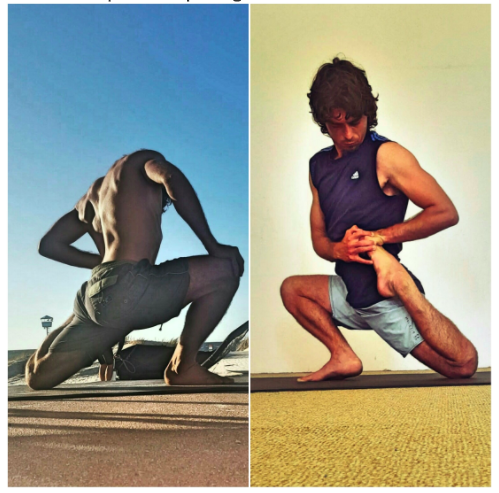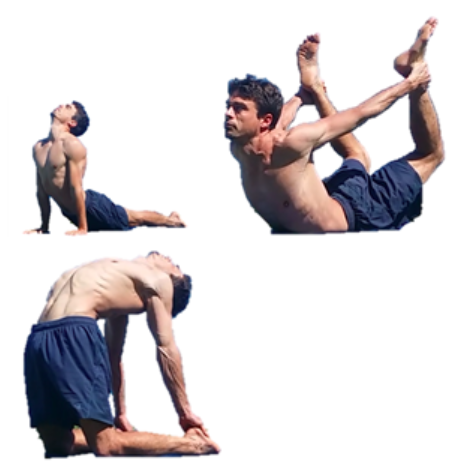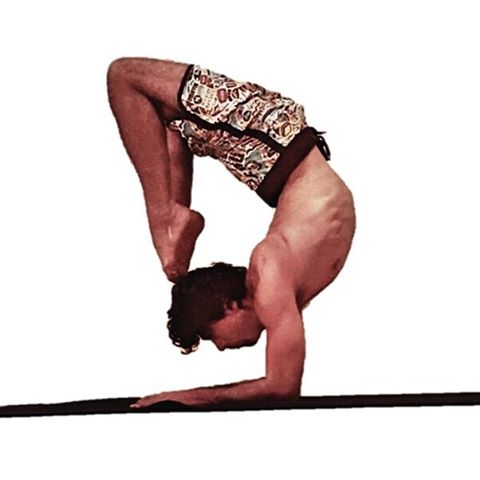An area of concern for many novice practitioners is correctly progressing with the more advanced back bending postures. While there are specific technique cues to be cognisant of, adequate preparatory work is also crucial to ensure correct technique in advanced practice. There are a number of ways to safely progress into advanced postures.
Individualised teaching
The most efficient way of teaching involves an individualised approach, with instructions tailored for personal requirements. Thus, this post should be viewed as an example of how one may approach working towards a posture; by assessing limitations and then working on them systematically. Each person should be considered on a case-by-case basis, as everyone has different constitutions, temperments and goals. Therefore,a one-size-fits-all approach will never reflect the best that yoga has to offer for any individual. Consequently, the information below should be considered general.
Common presentations
Typically, attention should be given to loosening exercises for the muscles surrounding the shoulders and hips, and developing an awareness of the interplay between rib, shoulder, pelvis and spinal movement.
For example, a common feature in beginners is shortened muscles surrounding the shoulders (lats, triceps, pects, anterior deltoids)and hips (psoas, quadriceps). Often, this comes coupled with some compensatory mobile segments elsewhere (perhaps in the in the lumbar spine or thoracolumbar junction). In this scenario, a deep back bend will direct extension forces primarily to the path of least resistance. Over time, this results in the same mobile segments moving, with the shoulders and hip muscles continuing to remain short. Continuing to work this way promotes the staus quo, and can therefore hinder progress.
Basic shoulder opening:
The above postures represent the sort of movement patterns that can assist lengthening of shortened shoulder girdle muscles. These muscles are notorious for shortening due to adoption of poor posture using computers or engaging in sedentary desk bound work for extended periods.
Intermediate shoulder opening:
A useful tool when learning back bends is a prop known in Iyengar circles as the setubandha bench. One can gradually lengthen the shoulder muscles in a controlled way while stabilising the lumbar spine.
Additionally, simply working on opening the shoulders in Pincha Mayurasana is great preparation for back bends by improving shoulder flexion in a weight bearing, stabilising position.
Advanced shoulder opening:
Lowering the feet onto a chair, bench or blocks (as illustrated) from pincha mayurasana may be used to encourage opening of tight shoulder and thoracic muscles.
A more advanced method than above involves progressing from basic Viparita Dandasana to focus on shoulder opening. Here, one walks the feet gradually towards the hands, careful to direct movement to lengthening the correct muscles (in this case, opening the triceps, lats, pects, as well as hip flexors), as well as coordinating the relative extension of the different vertebral segments. Care needs to be taken to control over mobile segments, and gradually loosen the stiffer segments of the vertebral column in a mindful and analytical way.
Basic hip flexor opening:
Lunge movements are extremely useful in reversing the usual pattern of movement reflected in daily tasks, such as driving, especially for people who are forced through work requirements to sit in chairs for extended periods.
Intermediate hip flexor opening
These movements can be progressed by slowly lengthening the quadcrieps, iliopsoas, and lower abdominal muscles.
Advanced hip flexor opening:
The more advanced movements allow an even distribution of extension movement across the whole spine, by permitting adequate posterior pelvic tilt, especially in deep back bends, like Kapotasana and Viparita Dandasana, but also in simple poses like Urdhva Dhanurasana.
Finally, one combines both those principles in a back bending posture, and this allows for fluid, relaxed movement, which ultimately calms the mind and subsequently increases well-being.
Basic preparatory backbends:
Urdhva muhka svanasana, dhanurasana and ustrasana represent some of the basic backends that people can try early on (if appropriate for the individual).
Intermediate Backbends:
In the early stages of learning, wall ropes can assist a student to become familiar with the movement, and allows a longer stay in the pose to analyse limitations.
Progressing into urdhva dhanurasana, it can be helpful to use the skirting, by placing the heel of the hand on the skirting, and lifting the chest towards the wall, so as so open the shoulders and thoracic spine.
Following this, free standing urdhva dhanurasana may be attempted, by putting together all the different movement patterns that have been worked on previously. This way, good precise technique is encouraged.
Dwi pada Viparita Dandasana
This is another intermediate backbend that can potentially be progressed to by working through the suggestions above.
Advanced Backbends
To progress to viparita chakrasana, one may (in keeping with alignment principles outlined above), begin to walk the hands closer and closer to the feet. This is a difficult movement, and a good established practice is consolidating the previous postures is necessary.
Kapotasana
Vrishchika II
Natarajasana
Vrishchika I
Eka Pada Viparita Dandasana II




















